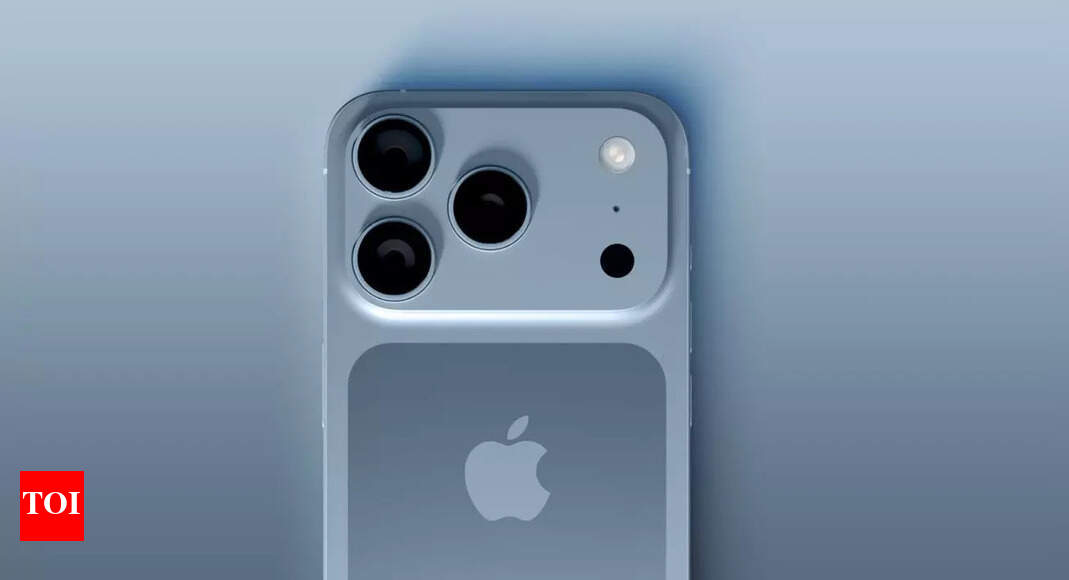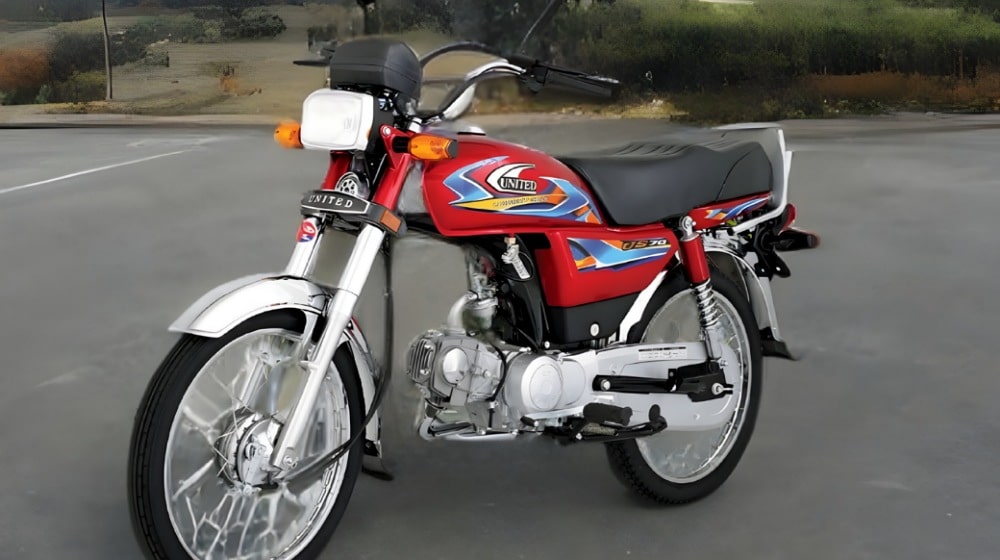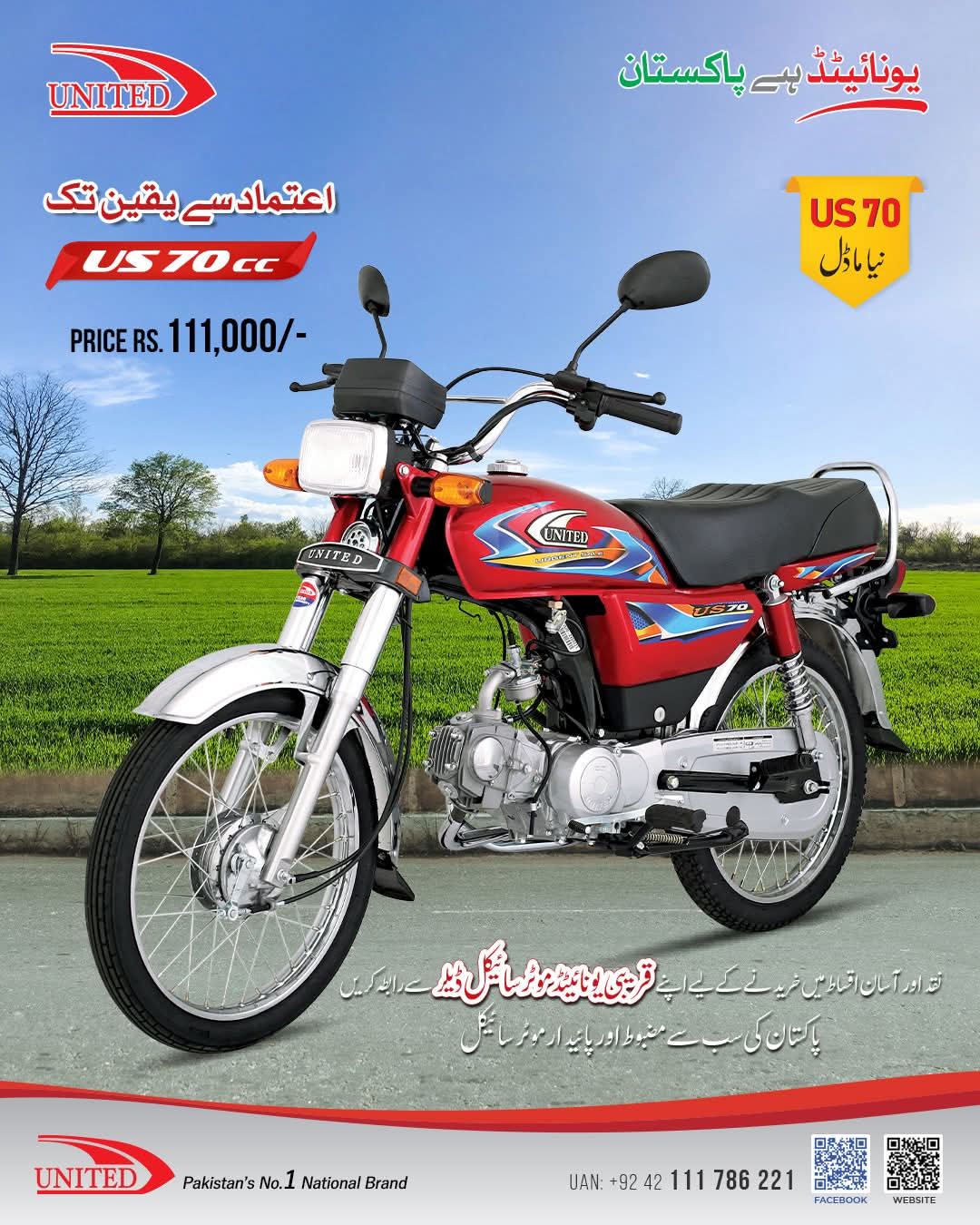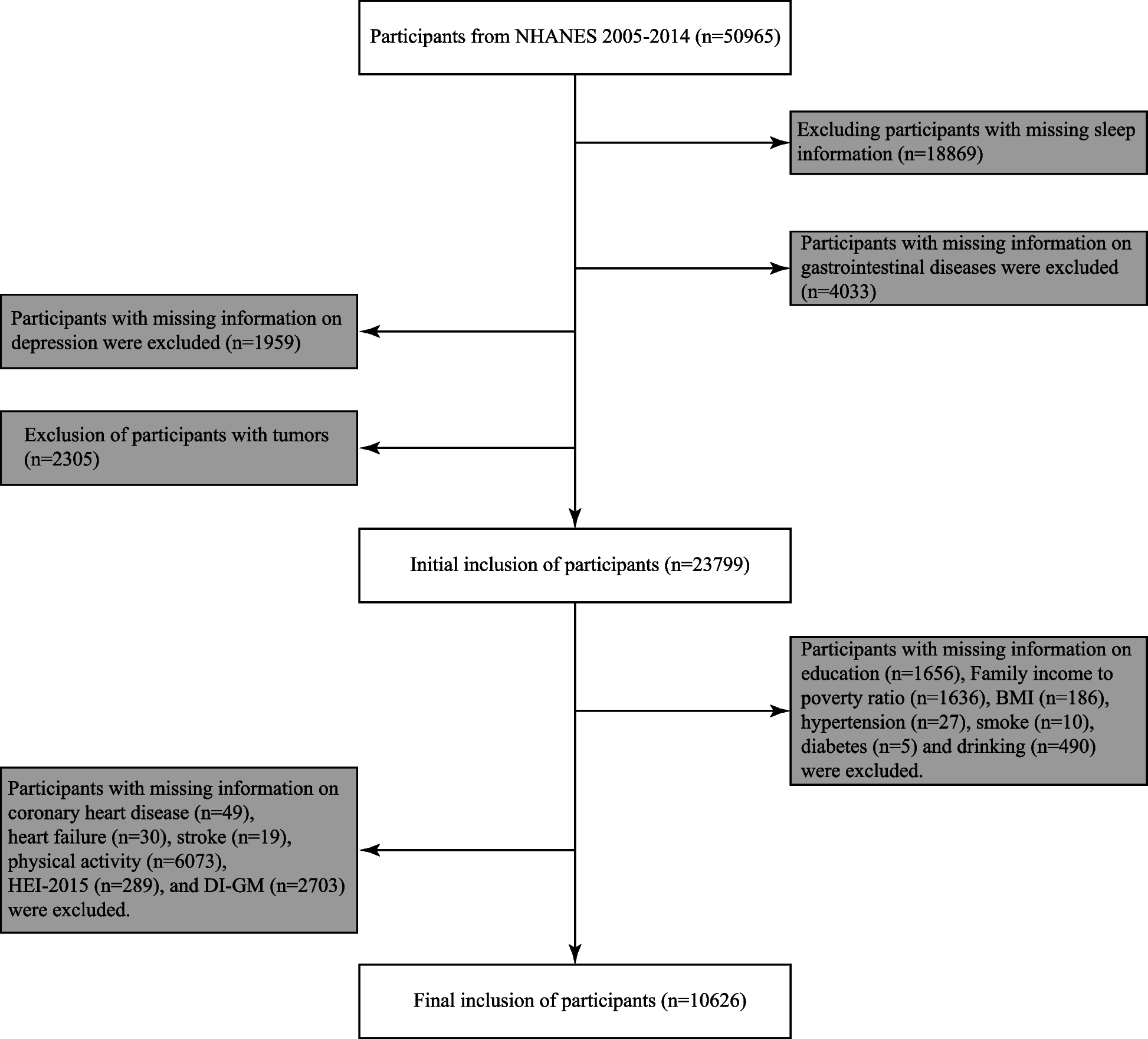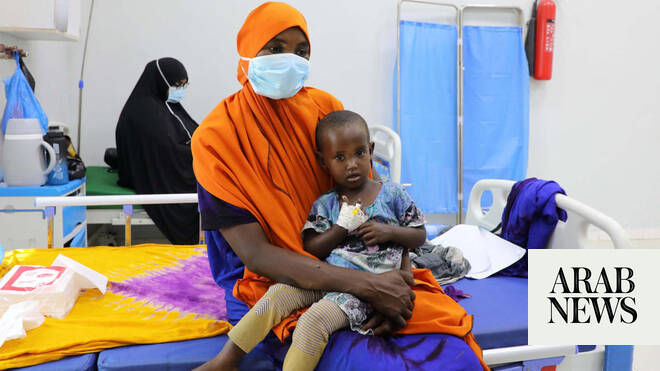During the European Hematology Association (EHA) 2025 Congress, experts in multiple myeloma gathered to discuss the latest data surrounding teclistamab-cqyv (Tecvayli). The panel highlighted trial data presented at the conference and real-world data and assessed other trials investigating multiple myeloma and their responses. The discussion was especially lively regarding the inpatient-outpatient debate, with 6 institutions having different protocols.
Surbhi Sidana, MD, associate professor of medicine at Stanford Medicine, led the panel. She was joined by David Dingli, MD, PhD, a professor of medicine at Mayo Clinic; Thomas G. Martin, MD, associate director of the Myeloma Program and director of the Unrelated Donor Transplantation Programs for Adults at the University of California, San Francisco (UCSF) Medical Center; Cesar Rodriguez Valdes, MD, associate professor of medicine at Icahn School of Medicine at Mount Sinai; Adriana Rossi, MD, assistant professor of medicine and director of CART and the Stem Cell Transplant Clinical Service at the Center of Excellence for Multiple Myeloma at Mount Sinai; and Frits van Rhee, MD, PhD, professor of medicine and clinical director of the University of Arkansas for Medical Sciences Myeloma Center.
Real-World Use of Teclistamab
The REALiTEC trial (NCT06285318) was an observational study of 113 patients who received teclistamab outside of clinical trials.1 The median patient age was 66 years; 78.8%of patients had triple-class refractory disease, 44.2% had penta-class refractory disease, and 69.0% would not have been eligible for the phase 1/2 MajesTEC-1 trial (NCT03145181; NCT04557098).
The overall response rate (ORR) was 60.2%, with a very good partial response (VGPR) or better of 52.2%. The median duration of response (DOR) was 20.3 months (95% CI, 14.8-not evaluable [NE]), the median progression-free survival (PFS) was 9.7 months (95% CI, 5.5-18.8), and the median overall survival (OS) was 26.2 months (95% CI, 16.5-NE).
Notably, 33.6% of patients had previously received BCMA-directed therapies, with an ORR of 52.6%.
Sidana highlighted that real-world studies have had shorter follow-ups, but REALiTEC showed one of 20.7 months. For Martin, these data are impressive, and the International Myeloma Foundation immunotherapy group is working on a similar trial, which currently has 300 patients and over 12 months of follow-up.
However, after reviewing these data, van Rhee and Rossi had questions. These mainly concerned the dosing for the antibody-drug conjugates (ADCs) and whether patients had any washout from receiving them.
Regarding the ADCs given, Sidana noted that patients do not receive drugs such as belantamab mafodotin-blmf (Blenrep) forever. For those who experience a washout, the data are not yet available.
Regarding patient characteristics, if a patient had been exposed to BCMA and 6 months had passed since treatment with teclistamab began, would the clinicians continue to use this or switch to talquetamab-tgvs (Talvey)?
Dingli would give teclistamab a chance because, in his experience, some patients respond. However, van Rhee almost always prefers teclistamab, especially over chimeric antigen receptor (CAR) T-cell therapy.
“That has not been our practice at UCSF in general. We ping-pong between BCMA, GPRC5D, BCMA, etc, now [that] we do have the tools. There are a variety of CLIA [Clinical Laboratory Improvement Amendments] labs that you can use for mutation analysis for BCMA and GPRC5D. Once they’ve gone through BCMA and GPRC5D, it’s…a good idea to check and see what target is still there if you’re going to go after that target again,” Martin said.
However, Rodriguez disagreed because it can sometimes take up to 4 weeks to get these results back, and some patients cannot wait that long to make a treatment decision. In certain situations, he begins a patient on one treatment while waiting for the results and uses teclistamab as the next treatment after relapse.
Teclistamab Plus Talquetamab Data
The phase 1/2 RedirecTT-1 trial (NCT04586426) assessed both teclistamab plus talquetamab for patients with relapsed/refractory multiple myeloma.2 The phase 1 portion was dose escalation, with the recommended phase 2 regimen (RP2R) being 0.8 mg/kg of talquetamab plus 3.0 mg/kg of teclistamab every 2 weeks.
Phase 1 Results
The ORR for the RP2R was 80%, with 30% of participants having a stringent complete response (CR), 23% having a CR, 25% having a VGPR, and 2% having a PR. At all dose levels, the ORR was 78%, the stringent CR was 27%, the CR was 21%, the VGPR was 27%, and the PR was 3%.
The estimated RP2R at 12 months was 74% (95% CI, 57%-84%), and at 18 months it was 70% (95% CI, 52%-82%).
The most common any-grade adverse effects (AEs) were cytokine release syndrome (CRS; 79%), neutropenia (73%), taste changes (65%), and nonrash skin AE (61%). Grade 3/4 AEs included neutropenia (68%), anemia (38%), thrombocytopenia (30%), and COVID-19 (18%). Because of AEs, 93% of patients had cycle delays or dose modifications, and 16% had treatment discontinuation.
Phase 2 Results
Phase 2 results were presented at EHA 2025, including those patients with extramedullary disease (EMD).3 Patients received 0.8 mg/kg of talquetamab plus 3.0 mg/kg of teclistamab every 2 weeks for cycles 1 to 6 and then every 4 weeks beginning at cycle 7 until disease progression.
The ORR was 79% (95% CI, 69.0%-86.8%), with 52% of patients having a CR or better. Those with prior anti-BCMA CAR T-cell therapy had an ORR of 83% (95% CI, 58.6%-96.4%), and those with prior bispecific antibodies had an ORR of 75% (95% CI, 34.9%-96.8%). The 9-month DOR rate was 75%, the 9-month PFS rate was 64%, and the 9-month OS rate was 80%.
Common-grade 1/2 AEs included taste changes (79%), CRS (78%), skin changes (69%), and nail changes (56%). Grade 3/4 AEs occurred in 87% of patients, the most common being neutropenia in 62%. Grade 5 AEs occurred in 10 patients.
Infections occurred in 79% of patients, with 88% having them within the first 6 months of treatment. Posttreatment hypogammaglobulinemia occurred in 70% of patients. Both therapies were discontinued in 9% of patients due to AEs.
The panel was impressed by the toxicity rates in the EMD cohort. Sidana noted that the trial’s follow-up was shorter and that more concrete data were expected in subsequent presentations.
Martin asked the group, if they had the choice, would they prefer the teclistamab/talquetamab combination or choose ciltacabtagene autoleucel (cilta-cel; Carvykti).
“I would say every single patient we had on the RedirecTT [regimen] could not stick to the schedule due to toxicity. These results are impressive, hands down; EMD is a beast. But the toxicities are also intense,” Rossi said.
Rodriguez believes this combination regimen is leading to overtreatment. He would use the teclistamab as directed, go to monthly dosing after the first cycle, and then discontinue talquetamab. Martin noted that he would prefer cilta-cel, but if he did have a patient who couldn’t handle CAR T-cell therapy, he would feel confident in the RedirecTT regimen efficacy.
“The problem with some of these patients with EMD is that they don’t have the time for the CAR T-cell therapy. Sometimes the talquetamab gets you through, but not always. I’m sure you have had experiences like mine where patients with EMD get talquetamab as bridging, and they progress. It’s not infrequent. I’ve had a reasonable number of patients who progressed while waiting,” Dingli said.
Sidana noted that there were multiple opinions, and although there is no group consensus, it is helpful to have these conversations.
Toxicity Management
The group looked at AEs observed in the MajesTEC-1 trial with teclistamab, the phase 2 MagnetisMM-3 trial (NCT04649359) with elranatamab-bcmm (Elrexfio), and the phase 2 MonumenTAL-1 trial (NCT04634552) with talquetamab.4,5 The most common AE across the board was CRS of any grade, which was noted in 72.1%, 57.7%, and 74.3% of participants across the 3 trials, respectively.
Other any-grade AEs included immune effector cell–associated neurotoxicity at 3.0% vs 4.9% vs 5.4% in the MajesTec-1, MagnestisMM-3, and MonumenTAL-1 trials. Infections of any grade occurred in 76.4% vs 69.9% vs 65.0% of patients, respectively. Additionally, 4.8% of patients, approximately 10.0%, and approximately 5.0% discontinued treatment due to AEs.
Rossi wished she could better predict which AEs patients would experience with teclistamab because she noted patients who have taste changes but continue to maintain their weight
and lifestyle.
Rodriguez has had more patients discontinue elranatamab and continue with teclistamab. This is because there is more of an intolerance to elranatamab, such as cytopenia and rashes, which causes dose delays or treatment discontinuation. At this time, Rodriguez is still trying to figure out which patients will respond favorably to specific treatments.
“I’m wondering if we’re using more frail patients for elranatamab. The reason why we’re doing elranatamab is [that] it’s a shorter hospital stay. [We give it to] patients who…can’t receive outpatient [therapy] because they don’t have a caretaker or they live very far [away]. We are offering elranatamab because it’s a shorter hospital stay, [and] also so we can have the experience [of administering elranatamab]. I don’t know if…that’s just us being unfortunate or what,” Rodriguez said.
When other panelists were asked whether they had experienced this, Dingli said he had never used elranatamab, and Martin and Sidana do not have it on their formularies. van Rhee has used the agent, but it is typically not an option until teclistamab failure.
Outpatient Options
“Almost all our patients are treated in the outpatient setting. We provide them with a remote monitoring kit, and they get the first dose in the morning, typically. They have a dose of dexamethasone that they have available for them. They’re instructed that if they develop a fever or they’re called because the monitoring suggests there is a fever, they take the dexamethasone and then report for evaluation,” Dingli said regarding Mayo Clinic operations.
Mayo has a 24/7 team where patients can be admitted and administered tocilizumab (Actemra) if needed. Dingli also noted that these patients are discouraged from going to the emergency department and instead given a number to call; they are triaged upon arrival.
Rodriguez noted that Mount Sinai provides inpatient care for frail patients or those without a caretaker. They also have a hybrid model in which patients come in, receive teclistamab, are given tocilizumab after the first step-up dose, and are discharged as outpatients the next day. Patients are also no longer required to live within a certain distance.
“We do [prefer] outpatients, providing they’re fit and have a good caregiver. They need to have a blood pressure cuff and thermometer. A pulse oximeter is not required, but it’s nice. We never use prophylactic tocilizumab. They all get 16 mg of dexamethasone to take home with them. If they’ve got a fever of 100 or higher or they’re worried, they call. We usually tell them to take the dexamethasone, and they’re virtually always OK. If they come back the next day, we’ll see what they look like. We have a low threshold for giving tocilizumab at that stage,” van Rhee said on administering teclistamab at the University of Arkansas Medical Sciences.
For Martin at UCSF, no 24/7 option exists, so they have had to create certain parameters. Patients who are older than 75 years, have high disease burden or comorbidities, or require oxygen are inpatients for the entire treatment. UCSF tried a hybrid model, but many patients did not want to go home if they had to return to the clinic the next day for continued treatment. They preferred to stay as inpatients.
At Stanford, Sidana has similar complications. There were operational challenges due to patients being required to live within a certain distance and the middle-of-the-night hospitalizations that are prevalent with this treatment.
Key Takeaways
Dingli
• Bispecific antibodies may threaten CAR T use.
• Do not give up on BCMA so quickly.
Rossi
• CAR T-cell therapy and bispecific antibodies have learned to coexist.
• Real-world data on teclistamab and talquetamab have been reassuring.
• Survey studies would be helpful to see what other clinicians are doing in different scenarios.
van Rhee
• The RedirecTT-1 study data show promise and prompt clinicians to try different treatments in their practice.
Martin
• There is an optimistic outlook for attrition in this patient population.
Sidana
• Using teclistamab and talquetamab at Stanford would be worth considering if there were no insurance barrier.
References
- Popat R, Kortum KM, Uttervall K, et al. REALiTEC subgroup analysis: a multi-country observational retrospective study of teclistamab in patients with relapsed/refractory multiple myeloma outside of clinical trials. Presented at: European Hematology Association 2025 Congress; June 12-15, 2025; Milan, Italy. Poster F770.
- Cohen YC, Magen H, Gatt M, et al; RedirectTT-1 Investigators and Study Group. Talquetamab plus teclistamab in relapsed or refractory multiple myeloma. N Engl J Med. 2025;392(2):138-149. doi:10.1056/NEJMoa2406536
- Kumar S, Mateo MV, Ye JC, et al. Phase 2 study of talquetamab + teclistamab in patients with relapsed/refractory multiple myeloma and extramedullary disease: RedirecTT-1. Abstract presented at: European Hematology Association 2025 Congress; June 12-15, 2025; Milan, Italy. Abstract LB4001.
- Prince HM, Bahlis NJ, Rodríguez-Otero P, et al. MagnetisMM-3: long-term update and efficacy and safety of less frequent dosing in patients with relapsed or refractory multiple myeloma. Blood. 2024;144(suppl 1):4738. doi:10.1182/blood-2024-208192
- Rasche L, Schinke CD, Touzeau C, et al. Efficacy and safety from the phase 1/2 MonumenTAL-1 study of talquetamab, a GPRC5D×CD3 bispecific antibody, in patients with relapsed/refractory multiple myeloma: analyses at an extended median follow-up. J Clin Oncol. 2025;43(suppl 16):7528. doi:10.1200/JCO.2025.43.16_suppl.752
